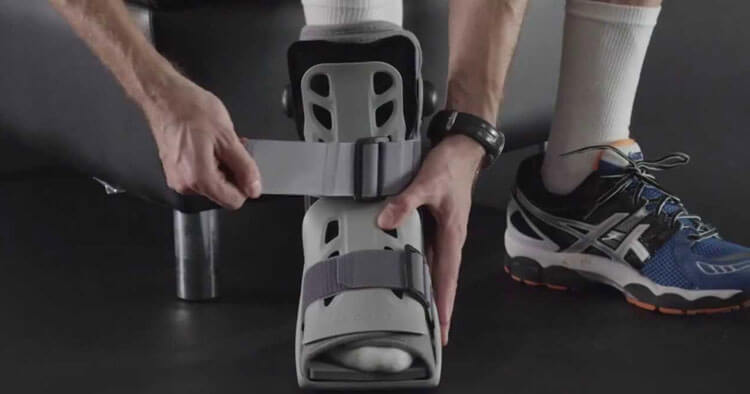Sports Injuries and Management
Treatment For Lisfranc Injuries
Early Detection & Management Is The Key To Successful Treatment
The early recognition and treatment of Lisfranc injuries is ideal for helping to preserve the foots normal biomechanics and function. In the long run Lisfranc injuries carry a high risk of chronic secondary disability and frequently lead arthritis of the midfoot. The best long term outcomes for Lisfranc injuries occur when there is correct and early management. Given the similar mechanism of injury to other foot and ankle injuries they are frequently misdiagnosed and mistaken as a lateral ankle sprain, or other sprain to the foot or ankle. Therefore assessment by a skilled practitioner and the use of appropriate medical imaging can help avoid a situation where the injured party, unbeknown to them has been attempting to walk around on a Lisfranc injury for weeks before it is picked up (a not too uncommon situation).
Treatment Approaches For Lisfranc Injuries
Not dissimilar to most injuries the treatment for Lisfranc injuries depends on the severity of the injury:
- Non-surgical treatment is generally the first choice approach for stable injuries and those without any fractures, or dislocations. In this situation the use of a “moon boot” and a period of non-weight bearing is typically prescribed by the treating orthopaedic surgeon. It may well be recommended that this period in the boot (and for some months following) that an orthotic (be it prefabricated, or customized) is worn, an orthotic can assist in supporting and maintaining the integrity of the foot arches to achieve appropriate healing, support and pain management all the way through to a return to play.
- Surgical treatment is recommended for more severe and complex Lisfranc injuries, the injuries that involve a fracture in the joints of the midfoot, or demonstrate instability with abnormal positioning of the joints. Surgery ideally achieves realignment of the joints creating stability and restoring normal positioning and motion of the arches of the midfoot.
- Fusion of the damaged bones/joints is another surgical option, fusion may be considered if the injury is severe enough that the opinion is that the injury can not be repaired. Fusion is effectively creating a situation where the bones heal into a single solid piece, like they have been welded together. Normal motion at the arches is obviously lost with a fusion approach, however function is relatively well maintained.
Rehabilitation Of Midfoot Injuries
Rehabilitation following a period of immobilization and/or surgery will often involve physiotherapy treatment. As a rule moving from non-weightbearing, to weightbearing is started when the X-rays look appropriate as guided by your treating orthopaedic surgeon. When active rehabilitation can commence again the amount of weight loaded through the foot, rehabilitative exercises and distance the patient is allowed to walk is at the surgeon’s discretion. A physiotherapist will be skilled at guiding you through your surgeons rehabilitation protocol.
Lisfranc Injuries Can Still Lead To Arthritis Even Following Appropriate And Timely Treatment
A Lisfranc injury may result in chronic pain and a failure to return to pre-injury levels of sport after such injury. This type of injury can cause damage to the cartilage of the midfoot joints, damage to the cartilage of the midfoot, coupled with any biomechanical changes to the foot arches can result in an increased risk of developing arthritis later in life. Even following successful surgery and post-surgical rehabilitation program for a Lisfranc injury, developing arthritis later in life is still a real risk.
Disclaimer: Sydney Physio Clinic provides this information as an educational service and is not intended to serve as medical advice. Anyone seeking specific advice or assistance on Treatment For Lisfranc Injuries should consult his or her physiotherapist, general practitioner, sports medicine specialist or orthopaedic surgeon.


